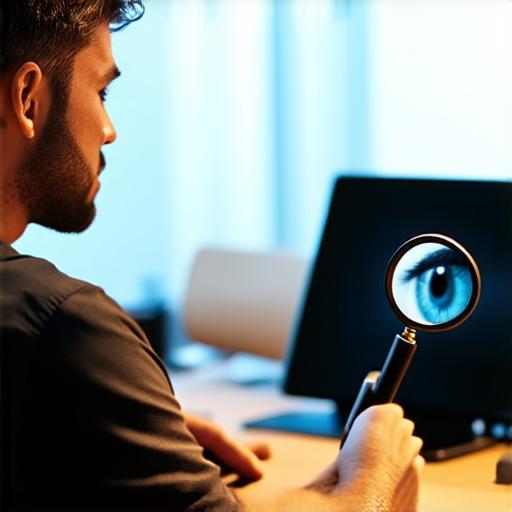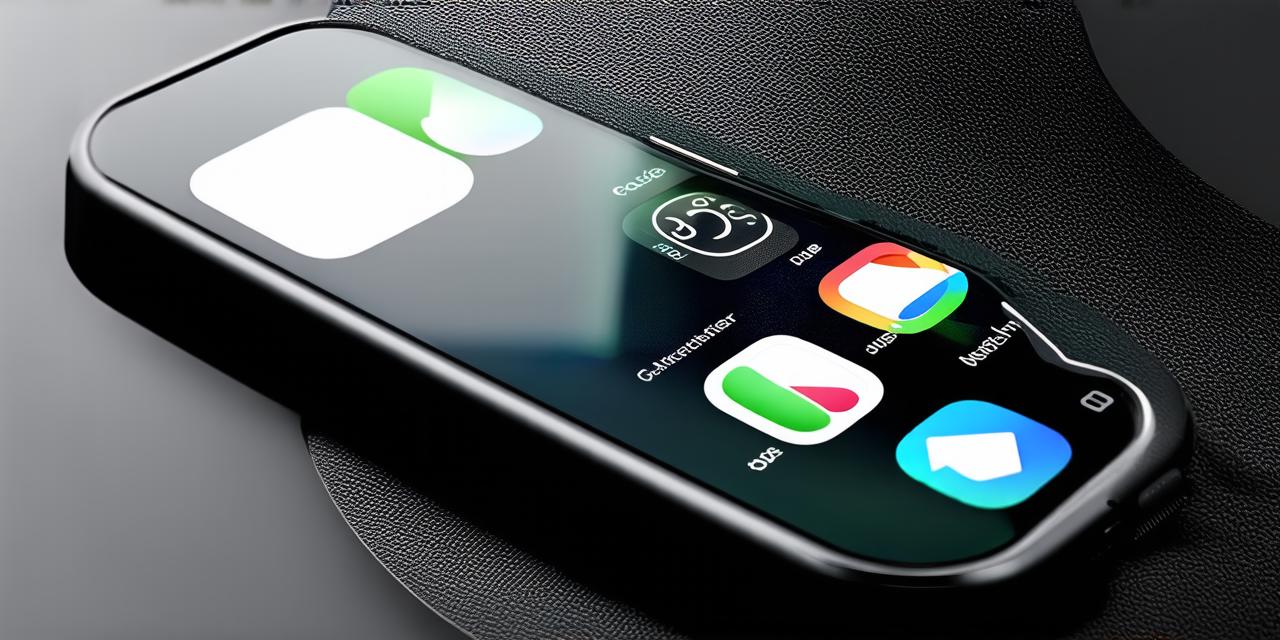Introduction
As an iOS developer, you know how important it is to create apps that engage and delight your users. But have you ever considered using eye tracking technology to take your app design to the next level? In this guide, we’ll explore what eye tracking is, why it matters for iOS developers, and how you can implement it in your own apps.
What is Eye Tracking?
Eye tracking is a technology that measures the movements of a person’s eyes as they look around. This data can be used to understand how people interact with different elements on a screen, such as buttons, text, and images. By using eye tracking, developers can create more intuitive and engaging user interfaces for their apps.
Why Eye Tracking Matters for iOS Developers
There are several reasons why eye tracking is particularly important for iOS developers:
- Improved User Experience: By understanding how users interact with different elements on a screen, developers can create more intuitive and engaging user interfaces that better meet the needs of their users. This can lead to higher user satisfaction and increased engagement.
- Better Conversion Rates: Eye tracking data can also be used to optimize the layout and design of buttons, forms, and other call-to-action elements in an app. By making these elements more prominent and easier to find, developers can increase conversion rates and drive more revenue from their apps.
- Increased Accessibility: Eye tracking technology can be particularly useful for creating more accessible apps that are easier to use for people with visual impairments or other disabilities. For example, by using eye tracking to position buttons and text in a more intuitive way, developers can make their apps more usable for a wider range of users.
Implementing Eye Tracking in iOS 18
If you’re interested in implementing eye tracking in your iOS app, there are a few key steps you’ll need to follow:
- Research and Understand the Technology: Before you start implementing eye tracking in your app, it’s important to do your research and understand how the technology works. There are several different types of eye tracking technologies available, each with its own strengths and weaknesses. You’ll also need to consider factors such as accuracy, speed, and cost when choosing an eye tracking solution.
- Choose an Eye Tracking SDK: Once you have a good understanding of the technology, you’ll need to choose an SDK (Software Development Kit) that integrates with your app. There are several eye tracking SDKs available for iOS development, including ARKit, Core ML, and Vision.
- Implement Eye Tracking in Your App: Once you’ve chosen an SDK, you can start implementing eye tracking in your app. This will involve adding code to track the movements of users’ eyes as they look around the screen, and using this data to adjust the layout and design of different elements in the app.
- Test and Refine Your App: After you’ve implemented eye tracking in your app, it’s important to test it thoroughly to ensure that it’s working as intended. You may also need to make some tweaks to the app’s design based on user feedback or data from eye tracking tests.

Real-Life Examples of Eye Tracking in Action
To help you understand how eye tracking can be used in practice, let’s take a look at a few real-life examples:
